There has always been a debate regarding the shape of smartwatch dials, with the recent launch of OPPO’s first product featuring a round dial reigniting interest among many netizens. In fact, both shapes of smartwatch dials currently coexist, and it is highly likely that this parallel development will continue in the future.
Recently, some discussions online have suggested that smartwatches could adopt designs similar to pocket watches, combined with features like the “active AI” capability of AI Pin, using AI as a core to replace some basic functions. This could potentially become a future development direction for such products.
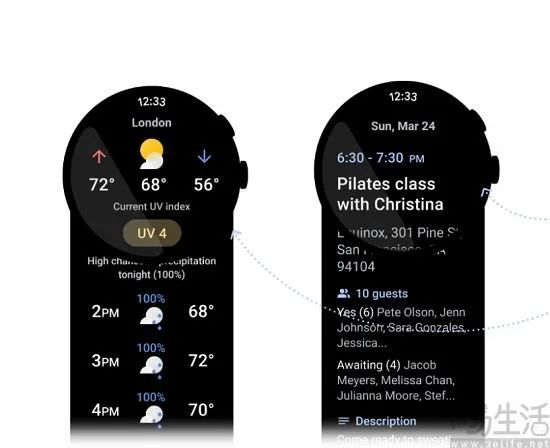
In fact, the existence of two different dial shapes for smartwatches is the result of manufacturers weighing various factors such as functionality, interaction, cost, and market considerations. For instance, from a functional perspective, the shape of the dial directly affects the usable screen area and UI layout. Previously, Google indicated in its Wear OS development guidelines that the display area of a round screen is approximately 22% smaller than that of a square screen, and a larger margin is needed to ensure content readability. Therefore, from a visual perspective, square dials have an advantage in content display.
However, it is worth noting that although the Wear OS development guidelines use round dials as an example, Google still leaves room for square dials, emphasizing the need to consider scalability in design, defining margins as percentages to allow proportional scaling on the screen and avoiding the cropping of any interface elements. Thus, from this perspective, there is no essential conflict between dial shape and functionality.
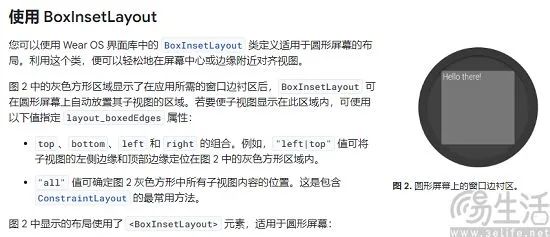
Although most smartwatches currently use touch interaction, the experience of this interaction logic on small screens is not satisfactory. Therefore, major manufacturers are continuously trying to incorporate more interaction methods. For example, Google is developing interaction through the watch case, and there have been touch-enabled straps in the past. Currently, some models also support interaction through rotating the bezel or pressing the crown. However, it is important to note that these interactions still have certain limitations and cannot completely free up the hands.
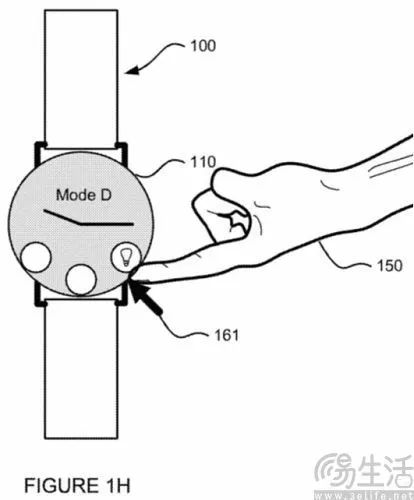
In addition, gesture interaction, which has started to appear in large numbers on smartwatches in recent years, has attracted the attention of manufacturers including Apple, Xiaomi, Huawei, and OPPO. Related products can achieve a series of functions through gestures such as pinching with two fingers, flipping the wrist, or clenching a fist. However, it is important to note that gesture interaction relies heavily on computing power, algorithms, and sensor-related technologies. Therefore, at this stage, Android smartwatches still lag behind the Apple Watch in accurately monitoring small gestures, often requiring more complex gestures for correct recognition. Thus, it is not difficult to see that the interaction experience of smartwatches is almost unrelated to the shape of the dial.
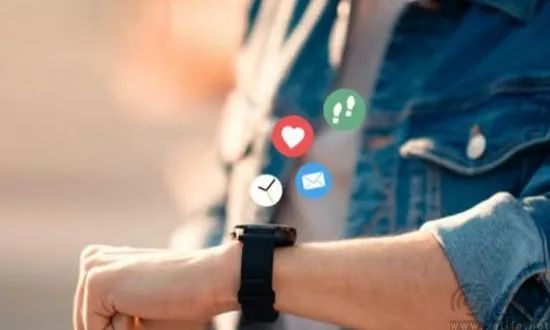
Of course, cost and market factors cannot be ignored either. After all, different dial shapes involve different production processes and material choices, directly affecting the overall cost of smartwatches. Market demand and user preferences are also significant factors influencing dial shape, as market trends are clearly something that no manufacturer can overlook.
From the perspective of the “watch” function alone, whether it is a pocket watch or a wristwatch, there is no conflict with the direction of AI Pin, as the form does not affect whether a smartwatch product incorporates AI-related features. However, it is undeniable that the pocket watch form not only overlooks the most important health monitoring function of today’s smart wearable devices but also ignores the trend that all smartwatches are carrying more functions.
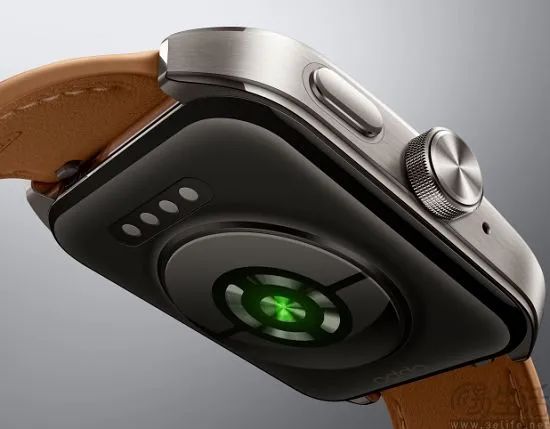
Currently, health monitoring functions on smartwatches are continuously developing towards specialization and refinement. To this end, some manufacturers have equipped their products with more precise sensors, such as 8-channel heart rate sensors and 16-channel blood oxygen sensors, combined with algorithms for in-depth analysis and processing, providing users with more accurate and reliable health monitoring results. Additionally, some smartwatch products have medical device qualifications, achieving a level of functionality comparable to professional equipment.
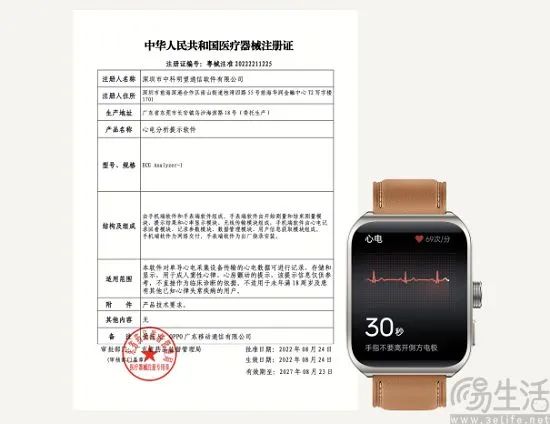
It is worth mentioning that some smartwatch manufacturers are actively collaborating with medical institutions to provide users with more comprehensive and professional health-related services by improving algorithms and introducing third-party medical resources. This collaboration not only helps enhance the technical level of health monitoring functions in related products but also provides users with a better one-stop experience.

However, it is important to note that under the current technological conditions, achieving precise health monitoring functions requires ensuring that sensors are in close contact with the skin, making the wearing method a key factor. If a product shape like a pocket watch is used, the accuracy of monitoring will undoubtedly be significantly affected, leading to a conflict with the most important function of current smartwatches.
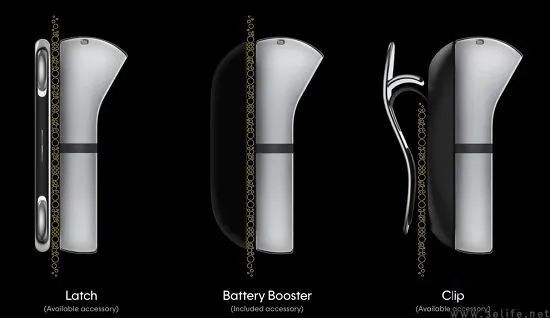
The usage of AI Pin determines that it is more like a portable device.
This means that if the wearing method of AI Pin is changed, the product attributes of smartwatches will shift from wearable devices to portable devices. In simple terms, by discarding the screen, users will need to use less intuitive methods to view various data, which undoubtedly reduces convenience. AI Pin is essentially an exploration of AI applications, and it still faces various challenges. However, there is no conflict between the two, especially in product form, as there is still potential for retaining their respective characteristics for integration at least at this stage.
In addition to the continuous strengthening of health monitoring functions, smartwatches are also showing a trend of increasingly diverse functionalities, gradually incorporating features such as remote vehicle control, navigation, and payment, and attempting to form a complementary relationship with smartphones.
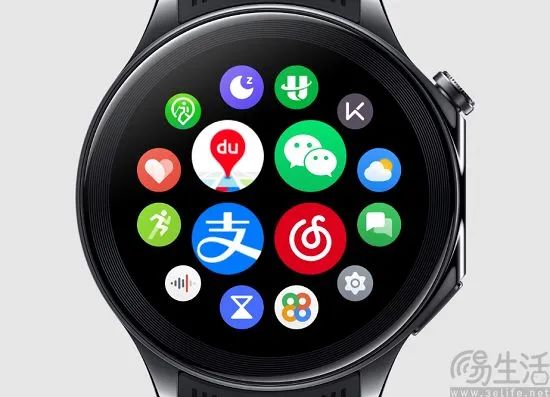
Therefore, it is not difficult to see that the shape of smartwatch dials is not merely an aesthetic issue, but rather the result of manufacturers’ comprehensive considerations of functionality, interaction, cost, and market factors. In the current trend where all smartwatches are carrying more and more functions, these products need to meet users’ aesthetic needs while ensuring functionality and user experience. Thus, relatively radical changes in form may still need to be discussed at this stage.
【Images in this article are sourced from the internet】Recommended Reading:
Redmi Turbo 3 officially released: equipped with Qualcomm Snapdragon 8s Gen3 starting at 1999!
Realme GT Neo6 SE officially released: first sale starting at 1699 yuan Nubia releases its first small foldable Nubia Flip: starting price only 2999 yuanFilter and order faster: AnTuTu’s device selection mini-program officially launched